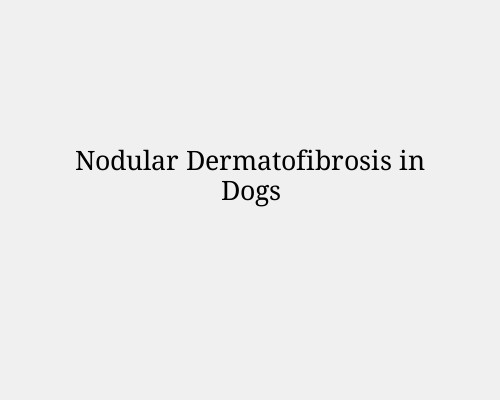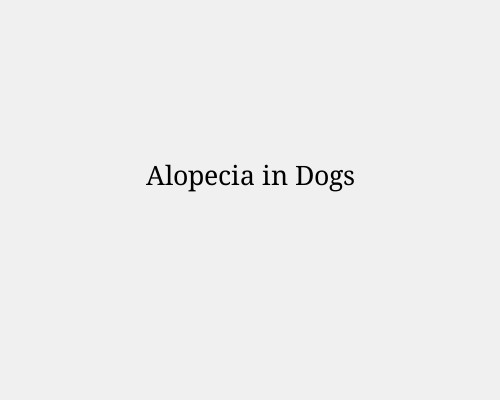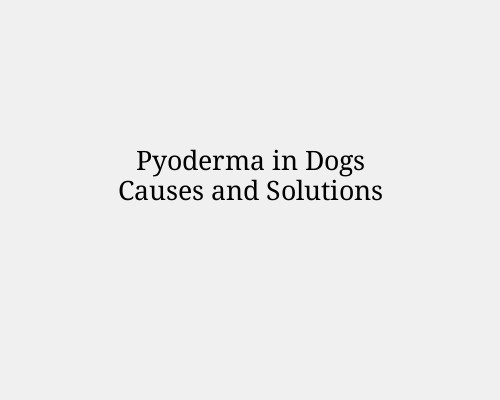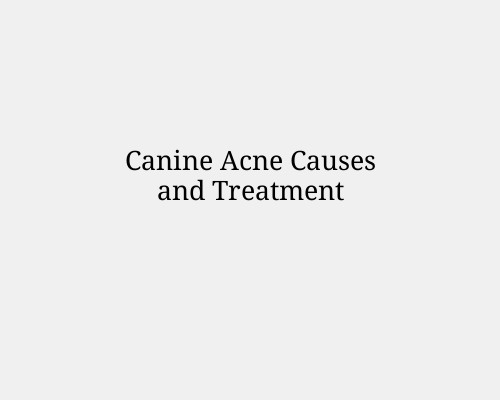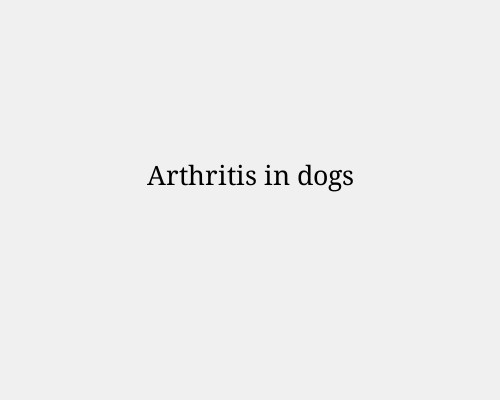Nodular Dermatofibrosis in Dogs
Nodular Dermatofibrosis in Dogs: Causes, Symptoms, and Treatment
Nodular dermatofibrosis is a rare but potentially significant skin condition seen in dogs. It’s characterized by the presence of multiple, firm skin nodules, typically on the dog’s legs, head, or other areas of the body. These nodules are composed of fibrous connective tissue and are often linked to internal health issues, particularly kidney tumors or uterine cancer. Let’s break down the causes, symptoms, diagnosis, and treatment options for this condition.
![]()
Causes and Underlying Conditions
Nodular dermatofibrosis is often a secondary symptom of underlying internal diseases. Some of the most common causes include:
Genetics: Certain breeds, especially German Shepherds, have a genetic predisposition to this condition.
Renal (Kidney) Tumors: There is a strong correlation between nodular dermatofibrosis and renal cystadenocarcinoma or other kidney tumors.
Uterine Cancer: Female dogs with uterine tumors may also develop skin nodules.
Fibrous Tissue Overgrowth: The nodules are the result of excessive collagen production and tissue overgrowth in response to these internal diseases.
![]()
Symptoms
Dogs with nodular dermatofibrosis may present a range of clinical signs, including:
Skin Nodules: The hallmark symptom, these nodules are typically firm, raised, and painless. They may grow slowly and increase in number over time.
Lethargy: If internal organ tumors are present, dogs may become less active.
Increased Thirst and Urination: A sign of potential kidney involvement.
Weight Loss: Unexplained weight loss could point to underlying cancer or kidney disease.
Decreased Appetite: A common symptom in dogs with serious underlying illnesses.
![]()
Diagnosis
Early diagnosis is critical because nodular dermatofibrosis often indicates more serious internal issues. Diagnosis typically involves:
Physical Exam: The vet will examine the nodules and assess their distribution and texture.
Skin Biopsy: A sample of the nodular tissue will be taken to confirm the presence of fibrous overgrowth.
Ultrasound or X-Rays: Imaging may be used to check for kidney tumors or other internal abnormalities.
Blood Tests and Urinalysis: These tests help evaluate kidney function and detect cancer markers.
![]()
Treatment Options
Treatment depends on the underlying cause:
Managing Internal Tumors: If kidney or uterine tumors are present, surgery may be required. However, the prognosis varies based on the extent of the tumors.
Chemotherapy or Radiation Therapy: In some cases, these treatments may be used to slow tumor growth.
Symptom Management: The nodules themselves typically don’t require direct treatment unless they become ulcerated or infected. Pain relief, antibiotics, or topical treatments may be used for comfort.
Unfortunately, if the underlying tumors are malignant or advanced, the prognosis may be guarded.
![]()
Prognosis and Monitoring
Dogs diagnosed with nodular dermatofibrosis should be monitored closely for signs of kidney or cancer progression. Regular check-ups, including bloodwork and imaging, are essential to ensure any worsening conditions are detected early.
![]()
Prevention
Since the condition is often hereditary, responsible breeding practices can help reduce the risk. If you own a high-risk breed, regular veterinary screenings are essential for early detection.
![]()
Final Thoughts
Nodular dermatofibrosis is more than just a skin issue—it’s often a warning sign of serious internal diseases. Early diagnosis and aggressive treatment of the underlying condition can improve your dog’s quality of life and, in some cases, prolong survival. If you notice unusual skin nodules on your dog, consult your veterinarian promptly.

